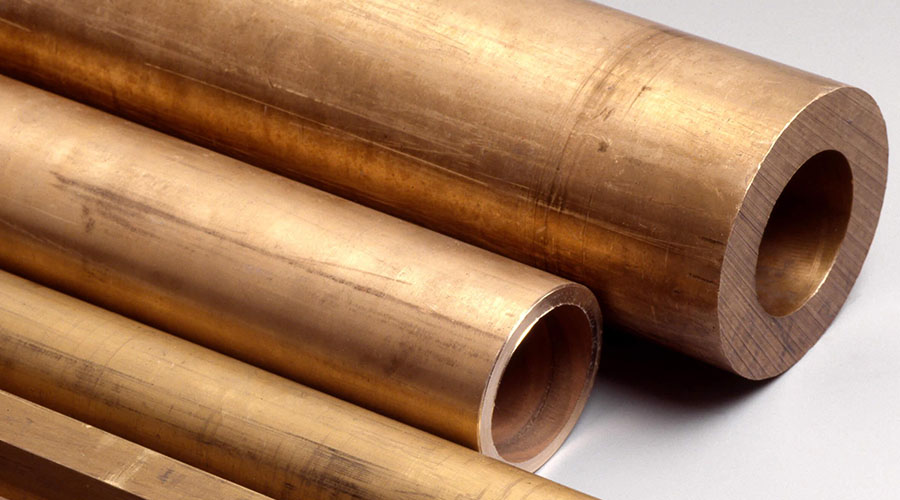
Phosphorus bronze is a corrosion-resistant copper alloy that incorporates a small amount of phosphorus, which enhances its strength, hardness, and wear resistance. It is commonly used in applications requiring durability and resistance to fatigue and impact. The alloy's properties can be adjusted by varying the phosphorus content and combining it with other elements such as tin or lead.
Standards and Specifications:
Properties and Applications:
Phosphorus bronze offers excellent wear resistance, high fatigue strength, and good machinability. It is often used for springs, bearings, and electrical contacts due to its ability to maintain performance under stress and corrosion.
Chemical Composition (Typical)
| Element | % Range |
|---|---|
| Cu | 90-95% |
| Sn | 0.5-1.5% |
| P | 0.03-0.35% |
Mechanical Properties
| Property | Value |
|---|---|
| Tensile Strength | 400-700 MPa |
| Hardness | 100-200 HB |
| Elongation | 3-10% |
Phosphorus bronze’s combination of strength, hardness, and corrosion resistance makes it a versatile material suitable for demanding engineering and industrial applications.